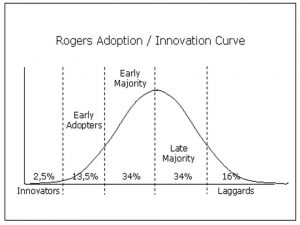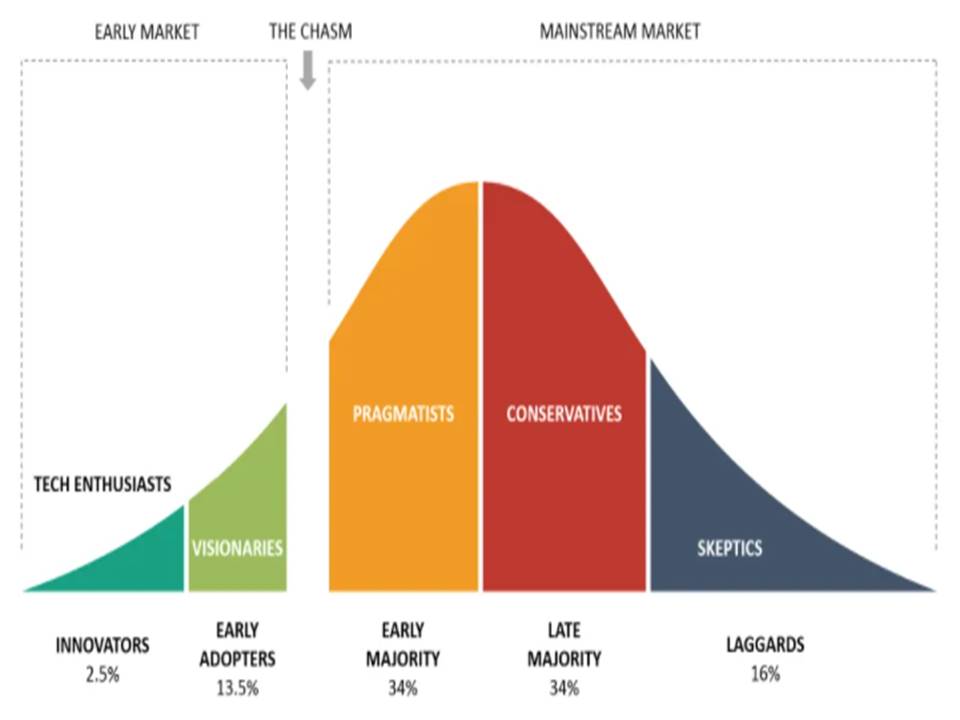How to Grow and scale your business is preceded by launching of a business. There are a couple things you need to be thinking about before getting into growth and scaling. When you launch a business:
- Marketing trumps everything! – If people don’t know you exist, they can’t buy your product. Your marketing becomes real critical.
- Find your traction channels – You need to figure out which channels work for you the best degree of traction.
- Survive the cash flow runway – This is one of the biggest mistakes that companies make, they run out of cash before they build the company. You need the cash flow to survive; your cash flow runway is critical.
- Track and measure who is showing up – Once you start selling, track, and measure who is showing up. It may be very interesting that the people showing up and buying are different than the end user that you thought. Now you got to go back and rework some of the steps in the model and keep iterating, especially your marketing plan, which is that quantified value proposition and high level product specifications.
- Excel at customer intimacy – You want to excel at customer intimacy; you must know your customer better than anybody else. Never stop the process of getting to know your customer better.
- Learn and iterate your offering – Then never stop iterating or improving your offerings. Until you hit product market fit, you’re not done improving. Product market fit is what you’re after in stage one of a company.
Now let’s talk about the concept of growth and scaling. I ask people if they want to grow and scale their company. Everybody says yes, but things are very different. We will be looking at how they’re different and what that means.
Growth
What is growth? Growth is the addition of revenue while adding resources at the same time. It’s that cycle that businesses get in where they make more money, they got to hire more staff; they hire more staff, they make more money, and it just scales up together. It is a lot more work.
The whole time you’re doing it, you may add total revenue, but your profit margin is fairly constant. A lot of business owners struggle with this because they feel like they’re working harder and harder and not making a lot more money. Revenues could go up, but the profit margin stays the same.
Scaling
Scaling is very different; scaling is about the multiplication of revenue while adding just a little bit of resources. It is a very different world. You’re multiplying total revenue and actually increasing profit margin.
It’s a rapidly reproducible capability that’s really part of the operational architecture of the company. You always want to be thinking, what can I rapidly scale within the organization? You have this exponential increase in market share and client base, but a very small infrastructure increase.
That is the way we need to think about how to build our business. Lifestyle business is not a great business model because if you stop working, there is no money. That’s not a sustainable business model. Scaling a business creates a very different reality and a very different valuation of the company.
If the company is based on you, you can’t sell that company? If the company is scalable, and you can do reproducibility; now, you can sell that company for a lot more when you determine that you’re ready to exit the company.
Innovation Adoption Curve
We want to look at the innovation adoption curve in relation to growth and scaling.

This is the typical Rogers adoption curve, and many people used to think we just ride right up the curve in the mainstream market from the early adopters. We have the early and late majority mainstream, which is about 70% of the market with 15% innovators and early adopters and 15% laggards.
However, in reality the curve looks like the one shown below:

This comes out of the book Crossing the Chasm by Geoffrey Moore. You will notice there’s a great big chasm between the early market and the mainstream market, and that’s a significant issue. In Crossing the Chasm, the challenges that Geoffrey Moore talks about are
1) The early adopter market and the mainstream market are different end users, they think very differently.
Early adopters are kind of like the risk-taking cowboys that want to try something new to get a competitive advantage. The mainstream doesn’t think like that. They take incremental steps to improve their offering in their opportunities. They are very methodical, they don’t even like the early adopter market.
2) A new beachhead/total addressable market with heavy enemy fire
When you land on the beachhead of the mainstream market, because there’s competition, you’re going to be under heavy enemy fire. It’s like a whole new beachhead/total addressable market but being attacked while you’re landing at the same time.
3) Word of mouth from early adopters does not help;
Word of mouth from early adopters doesn’t work anymore because the mainstream thinks the way they think—if those people in the early market use it, we don’t work as they do. So that word of mouth doesn’t even work anymore. It’s like starting completely over. You have to adopt new marketing strategies and that is how to grow and scale your business.
4) Mainstream waits for a leader to emerge;
The mainstream waits for a leader to emerge because when a leader emerges out of the early innovator market, then all those ancillary products come with it.
If we looked at how many people train on Microsoft Word, Microsoft PowerPoint, and Microsoft Excel, almost everyone. There were other opportunities when those products first came out, but once a leader emerges, everybody jumps on board. Like the iPhone, how many apps exist for the iPhone? Millions because everybody creates them to fit the leader, the iPhone.
5) Mainstream wants a whole product solution
They don’t want a piecemeal; they don’t want something they have to fit into their process. That’s another reason they wait for the leader to emerge—they want something that’s proven, capable and a whole product solution. It’s important to understand that about 90% of organizations that try to cross to the mainstream market, cross that chasm die.
How to Grow and scale your business does not mean you have to the first in the market. First to market is not an advantage. First to market, you are paying a big bulls eye on your back racing across the chasm. Big companies on the other side; Microsoft‘s a great example. They’ll turn to their research & development department and say pick $100 million and out-race those people because you’ve proven with your own blood, sweat, and tears that the product is sellable.
It’s a very, very common practice. This is where they steal your idea. If you’re going to cross the chasm to the mainstream, you got to raise money to race.
Summary
How to grow and scale your business involves identifying those aspects of your business that can be rapidly reproduced. Lifestyle business is not a sustainable business model because if you stop working, there is no money.

